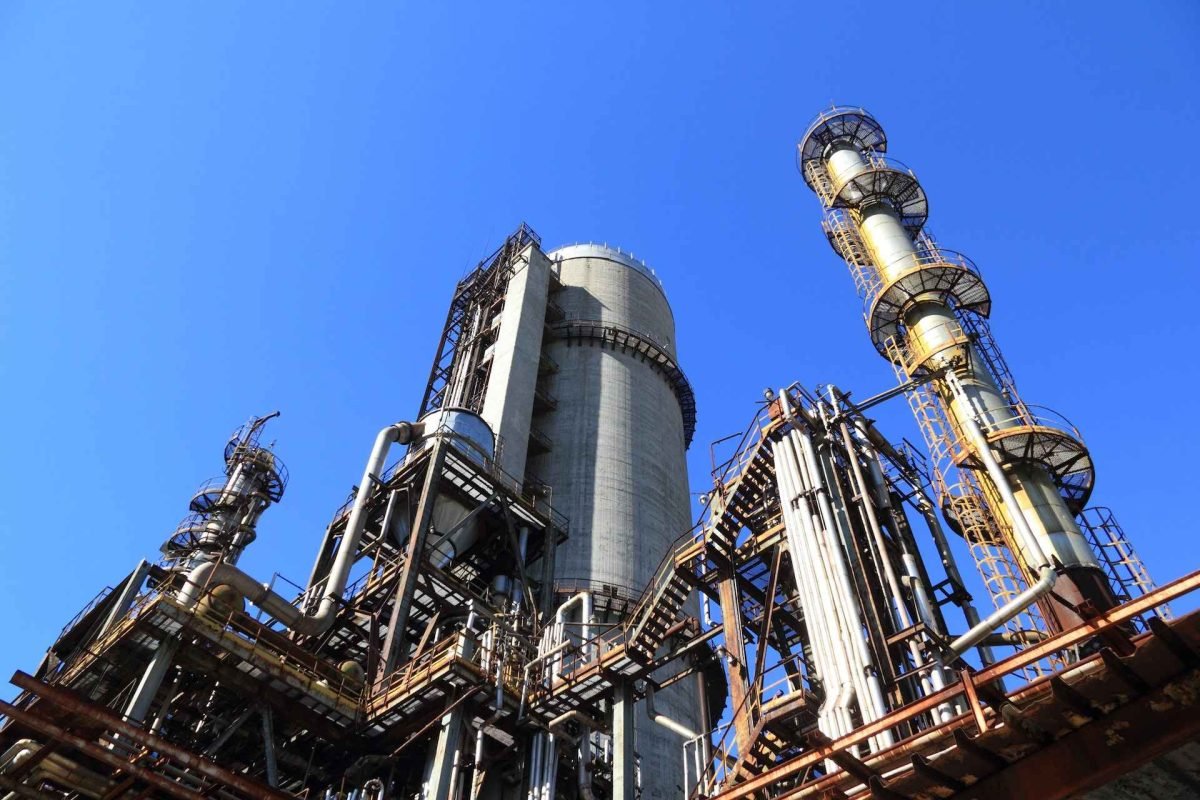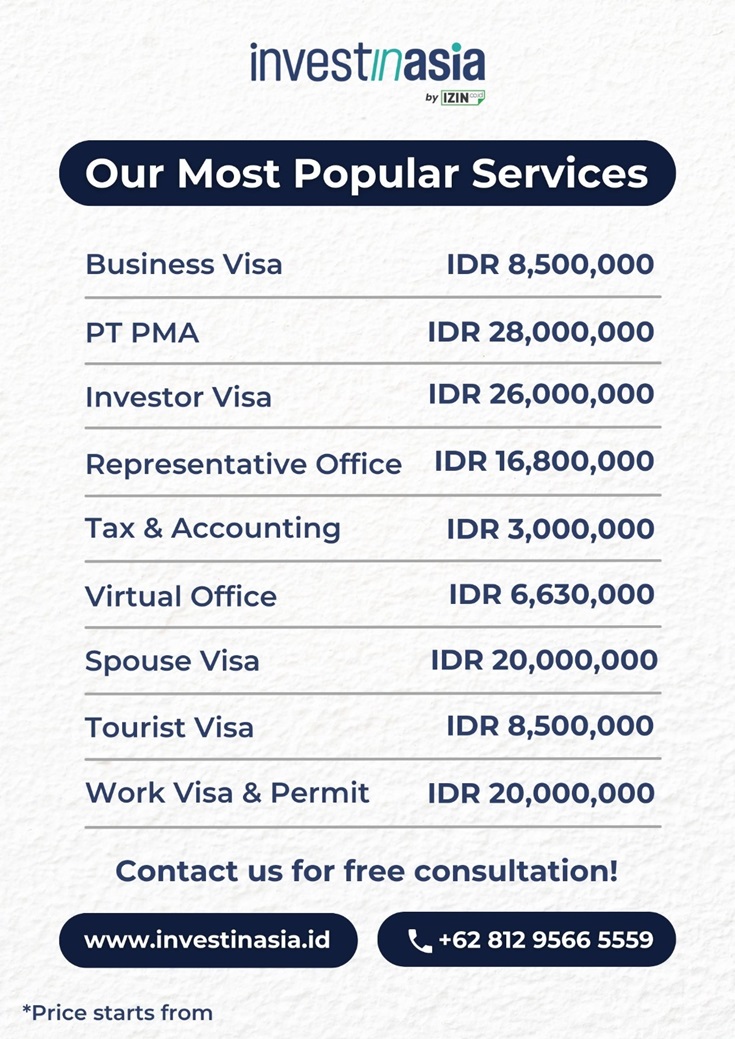Indonesia imports large volumes of refined petroleum, crude oil, machinery, electrical equipment, and iron and steel products—core sectors that shape the nation’s industrial supply chain. Major trade partners such as China, Singapore, and Japan supply these essential goods, reinforcing Indonesia’s position as a fast-growing importer in Southeast Asia. Indonesia’s import profile for 2022 totaled $237.4 billion, reflecting a 21.3% year-over-year rise driven by expanding domestic demand and industrial modernization.
Also read: Major Industries in Indonesia (Based on Contribution to GDP)
Key Drivers Behind Indonesia’s Import Growth
Several factors contributed to the sharp increase in Indonesia’s imports between 2021 and 2022. The most significant was the depreciation of the Indonesian rupiah against the US dollar. Since 2018, the rupiah has fallen by 4.3% against the US dollar, with a 3.8% decline from 2021 to 2022 alone. This depreciation made imports more expensive, especially those priced in US dollars, thereby inflating the overall import value.
Also read: Indonesia’s Top Trading Partners (Export-Import)
Top Import Categories in Indonesia


Indonesia’s import portfolio is diverse, encompassing a wide range of products. However, three categories dominate:
- Machinery and Equipment (26.3%): Machinery, including computers, remains Indonesia’s largest import category. In 2022, machinery imports were valued at $31.6 billion, accounting for 13.3% of total imports. This category saw a significant increase, reflecting the country’s growing demand for technological infrastructure and industrial machinery.
- Chemicals (11.7%): The chemical sector is another vital area for Indonesia’s imports. With a total import value of $7.7 billion, organic chemicals form a substantial part of this category, highlighting Indonesia’s need for raw materials in its growing pharmaceutical and manufacturing industries.
- Mineral Fuels and Lubricants (11.4%): Indonesia heavily relies on imports of mineral fuels, including oil, to meet its energy needs. In 2022, mineral fuels accounted for $44.9 billion, or 18.9% of total imports, making it the single largest import category by value. This was driven by significant increases in imports of processed petroleum oils and crude oil.
Also read: Indonesia Manufacturing Industry: Outlook and Opportunities
Indonesia’s Top 10 Imports
The top 10 import products reflect the country’s industrial and consumer needs:
- Mineral fuels including oil: $44.9 billion (18.9% of total imports)
- Machinery including computers: $31.6 billion (13.3%)
- Electrical machinery and equipment: $26.4 billion (11.1%)
- Iron and steel: $13.9 billion (5.9%)
- Plastics and plastic articles: $11.1 billion (4.7%)
- Vehicles: $9.5 billion (4%)
- Organic chemicals: $7.7 billion (3.2%)
- Food industry waste and animal fodder: $4.6 billion (1.9%)
- Cereals: $4.5 billion (1.9%)
- Iron or steel products: $4 billion (1.7%)
These top 10 categories accounted for two-thirds (66.6%) of Indonesia’s total import value in 2022, with mineral fuels, machinery, and electrical equipment leading the pack.
Also read; Indonesia’s Biggest Export: Top Products and Commodities
Major Suppliers to Indonesia
Indonesia’s import market is heavily influenced by its Asian neighbors. In 2022, 74.8% of the country’s imports by value were sourced from Asia, with mainland China leading the way at 28.5%. Other significant suppliers included Singapore (8.2%), Japan (7.2%), and Malaysia (5.3%). The United States and European nations also played key roles, supplying 6.3% and 6.8% of Indonesia’s imports, respectively.
Also read: What Products Are Most in Demand in Indonesia?
The Shift Towards High-Value-Added Imports


While commodities remain a significant part of Indonesia’s imports, the government is actively working to shift the focus towards high-value-added products. This strategic move is designed to make Indonesia’s economy more resilient to global economic shocks and to create more employment opportunities within the country. The growing imports of machinery, electronics, and chemicals indicate progress in this direction, as these products are essential for the development of Indonesia’s industrial base.
Indonesia’s import landscape is a dynamic reflection of its economic growth and the challenges it faces. With the Indonesian rupiah’s depreciation making imports more expensive, the country’s reliance on foreign goods, particularly machinery, chemicals, and mineral fuels, has only grown. As Indonesia continues to expand its economy, the strategic focus on high-value-added imports will likely shape its future trade patterns, driving further industrialization and economic diversification.
Also read: Top Foreign Investors in Indonesia (by Country and Continent)
For more information on Indonesia’s import regulations, you can consult for FREE with InvestinAsia’s legal team.
Then, for businesses who want to import to Indonesia, you can rely on InvestinAsia’s Indonesia Import License Services to take care of the licensing.
More than that, we also provides various services related to business in Indonesia. InvestinAsia is among the companies that specialize in aiding you with company registration Indonesia. We boast a team of seasoned experts who can guide you throughout the process of:
- PMA registration in Indonesia (Foreign Company)
- Representative office registration in Indonesia
- Indonesia Local PT PMDN Set Up
- Indonesian Virtual office setup
- Business registration number in Indonesia
- Business Licenses in Indonesia
- Trademark Registration in Indonesia
- Franchise License in Indonesia
If you are interested in starting a business in Indonesia, you can start by contacting us for FREE consultation.
source:
- worldstopexports.com
- exportimportdata.in



